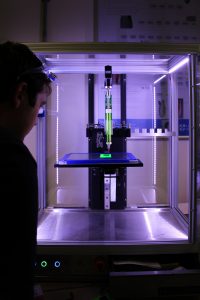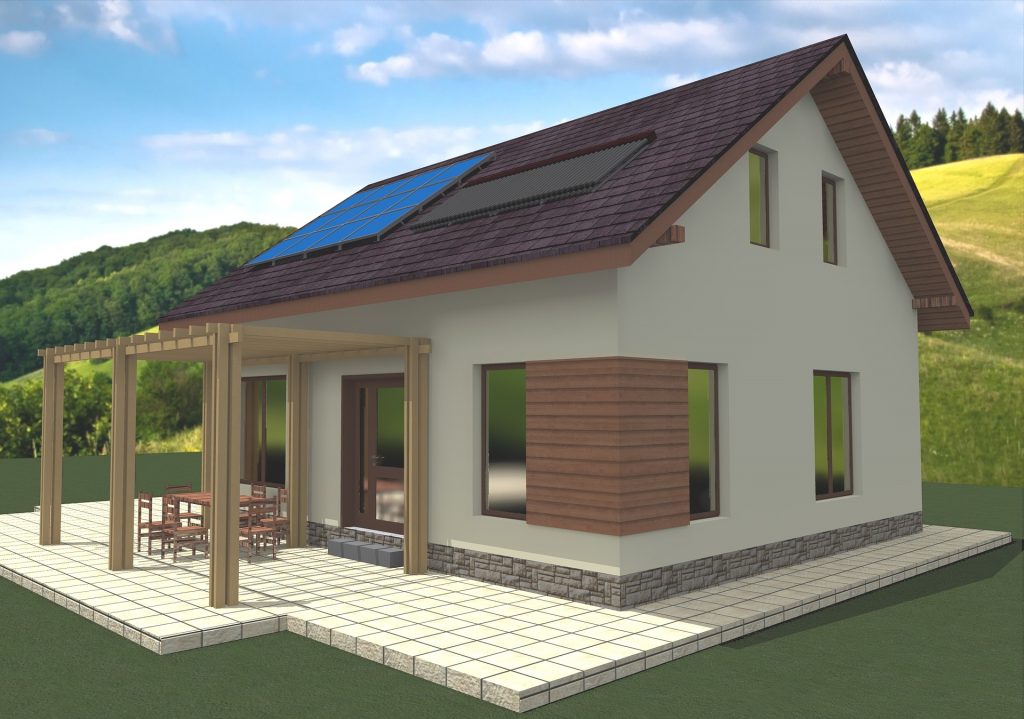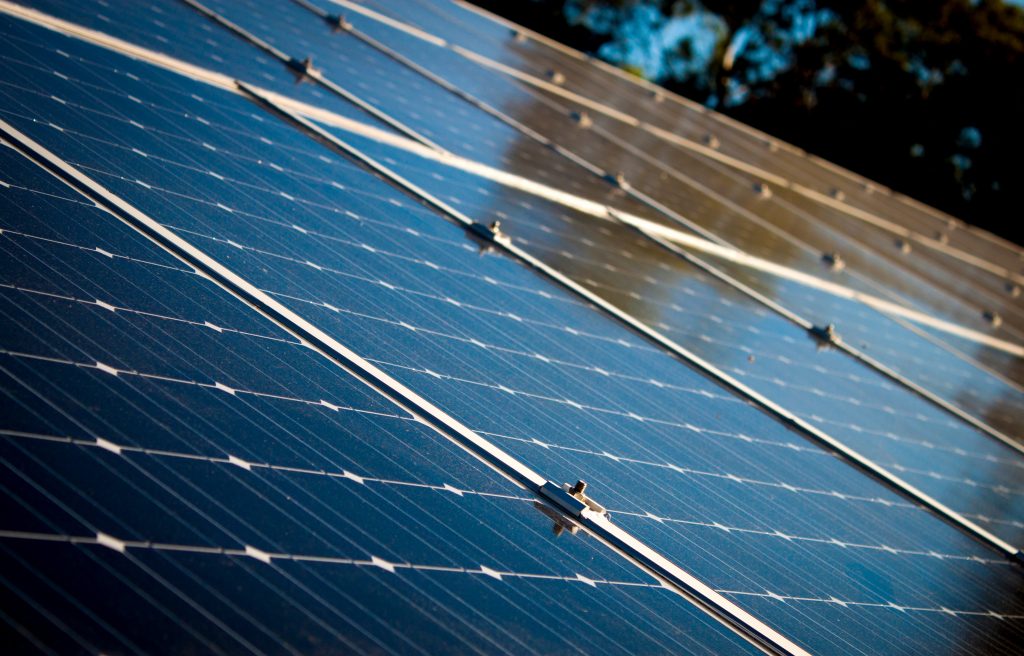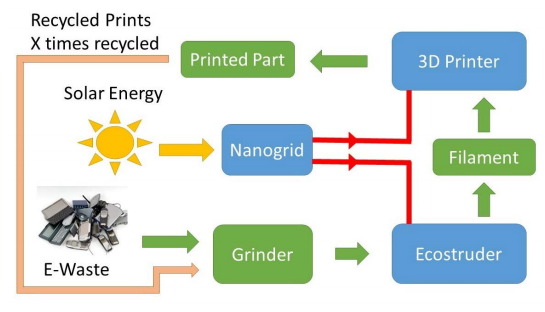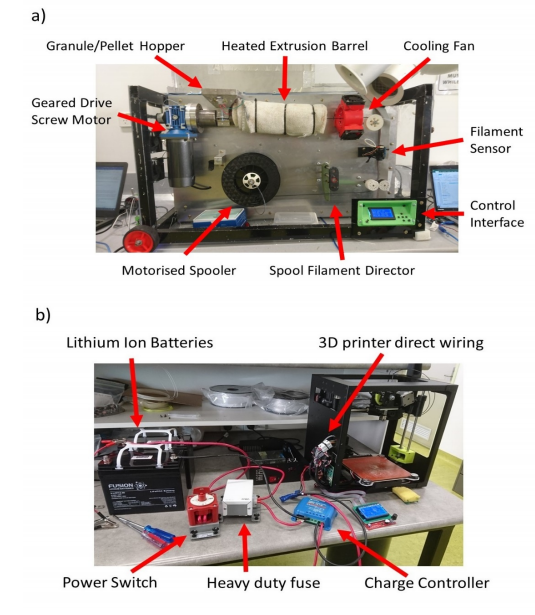The solar industry in the United States is booming. In the last 10 years, the industry has grown by more than 50% a year, employing more than 240,000 Americans. In spite of this growth, many people are still hesitant to adopt this green energy source because of the substantial initial investment necessary to set up a solar array. 3D printed solar panels are starting to emerge and may make this green technology affordable enough for everyone to enjoy. How do 3D printed solar panels work and where can we expect to see them in the future?
3D Printing in the Solar Industry
3D printing is showing up in nearly every industry. It was only a matter of time until someone made the connection between 3D printing and solar technology. Traditional solar cells start as polysilicon which is melted and infused with boron to create a semiconductor. Then wafers of silicon are added to the surface and etched, and electrical contacts are imprinted on the surface. From there, each cell can be tested and assembled into a finished solar panel.
3D printing removes most of these steps. The base is a transparent plastic sheet. A 3D printer lays down each layer, from the semiconducting ink to the surface, to create cells that are 200 microns thick, or about four times the thickness of a human hair.
If you’re looking for a long-term solution for solar energy, 3D printed panels aren’t the best option — yet. Right now they’re less efficient than traditional solar panels and don’t last as long, but they make up for this lack of longevity in cost. Twenty-one square meters of solar panels could cost you upwards of $5,000. You can purchase 200 square meters of 3D printed panels for around $2,000.
3D printed panels may not last as long but according to industry experts, they can capture 20% more sunlight and cost 50% less than traditional panels.
Bringing More Solar Into the States
According to the Solar Energy Industries Association, American businesses alone added more than 14.5 gigawatts of solar energy to the overall infrastructure in 2017, nearly double the 7.5 gigawatts installed in 2015. This doesn’t even include the thousands of home-based systems installed during the same period.
Adding solar energy to your business doesn’t just help you reduce overhead costs — though it will drop your monthly power bill dramatically. It helps to make you more energy independent, reduce your carbon footprint and can even improve your bottom line due to tax benefits and incentives offered by state and federal governments.
The Future of 3D Printed Solar Panels
If you’re looking for a long-term solar solution, 3D printed solar panels aren’t the best option for you, at least not yet. Give the technology a couple more years to mature and we may find that these 3D printed panels will be more efficient and last longer than traditional panels. Making solar more affordable could be the push the American public needs to make the switch from fossil fuel power to greener alternatives. It’s certainly a step in the right direction.

